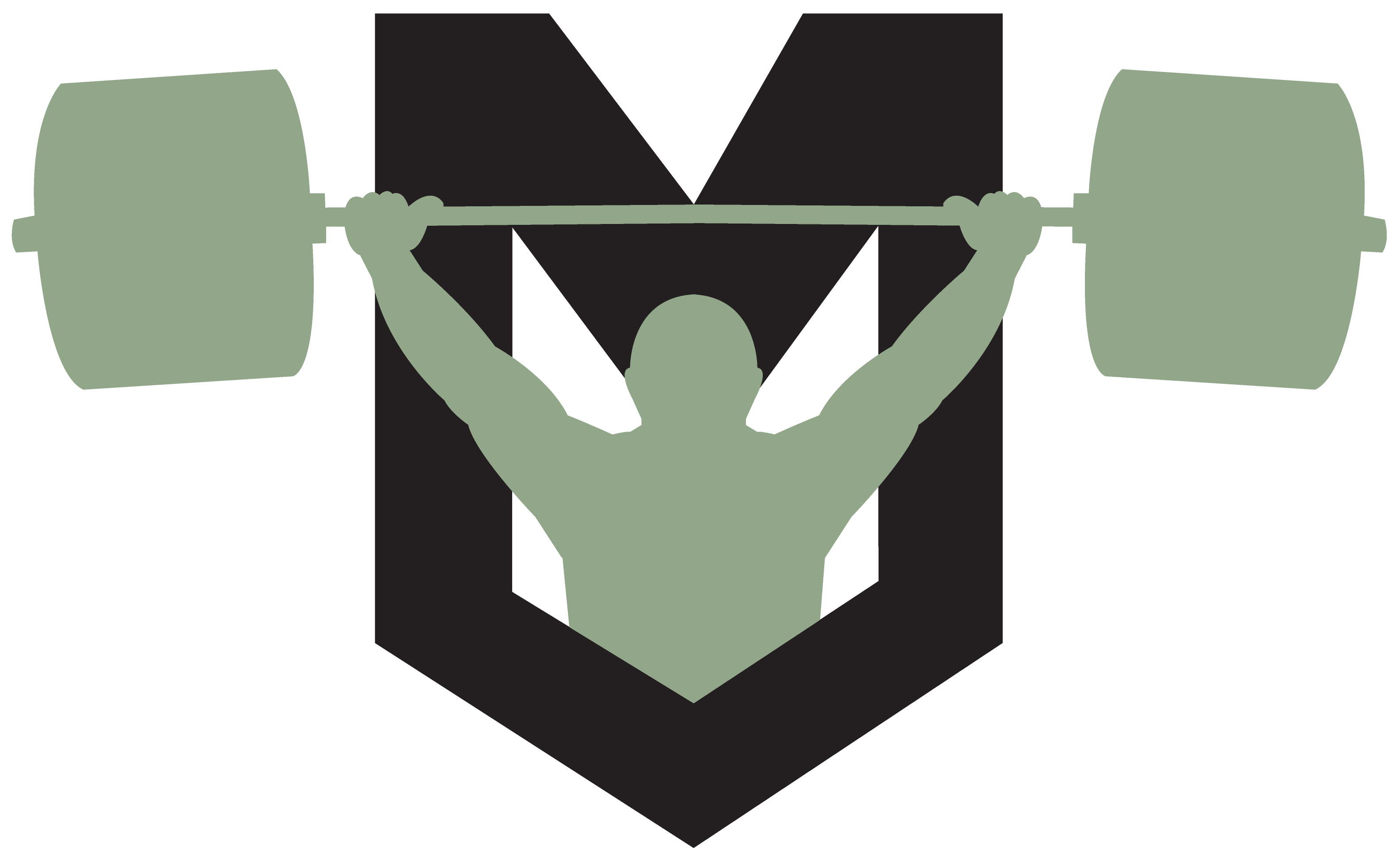“The Mash System” dropped this past Wednesday. 12-week programs for weightlifting, powerlifting, SuperTotal, Athletic Performance, and functional training. We also give sample GPP and Work Capacity Programs. More importantly we name each method used within the system, define each method, and show you how each method is used within the program. It’s an invaluable teaching tool.
Check it out at: ==> www.mashelite.com/system/
Velocity Based Training for the Strength World
I have been researching velocity-based training for the last two months now. At first I thought that VBT was a play off of the Westside Barbell Dynamic Effort Method. It definitely has similarities, but there is so much to learn from digging deeper into this new practice. Coach Bryan Mann is the strength and conditioning coach that basically introduced this concept to the strength and conditioning world. So far VBT hasn’t really made it out of strength and conditioning, but my goal is to introduce it to the world of strength and beyond.
First let’s talk about the importance of VBT. VBT solves a major problem that comes along with programming percentages. On any given day an athlete’s 1RM can vary 18 Degrees each way (I go this straight out of Mann’s article on EliteFTS). That’s a 36-Degree Swing. Percentages are used to create certain intent during training. I might want my athletes focusing on strength speed that day, but the velocity tells me they are working more in the Absolute Strength realm. That’s not the goal.
Every athlete is different. Our goal as coaches is to help the athlete improve the areas that are weak. VBT helps with this and more. Today we are going to focus on the following benefits of VBT:
• Pinpointing weaknesses
• Actualizing intent
• Teaching effort
• Safety
Pinpointing Weaknesses- let me give an example. Let’s pretend you have two lifters performing a clean at the same weight. Lifter A pulls the weight at a velocity of 1.6m/s and lifter B pull the weight at a velocity of 1.3m/s, and both lifters make the lift. Assuming the lift is a max lift, you can determine that lifter A has a rapid rate of force delivery, and lifter B has a tremendous third pull. Now you know what to focus on with each. Obviously the more data over a longer period of time would help to pinpoint strengths and weaknesses.

The same could be done for squats, pushes, and presses. With VBT it’s easy to pinpoint if someone is strong at acceleration, strong at strength speed, or speed strength. Then as a coach you can look at strengthening the weaknesses and continuing to improve the strengths.
Actualizing Intent- I have already expresses the weaknesses of percentage based programs. An athlete’s strength simply fluctuates too much from day to day. Good coaches have an eye for speed, but you can only objectively determine speed with something like a tendo unit or some other device for measuring velocity like the form lifting collars sold at Power Athlete. If your goal is to focus on speed strength, then you know that you want to be somewhere around 1-1.3m/s. If you are hitting around .8m/s, you are way off from your desired intent. At that point it’s either time to stop the session or drastically reduce the weight.
Teaching Effort- This is a big one that isn’t discussed as much as it should be. Especially new athletes need to be taught how to lift with intent. If you tell an athlete that the session is over or the weight is going to be reduced if the velocity drops below .7m/s, that athlete is going to do everything in their power to produce the desired result. Otherwise they are just going to lift especially when they are beginning. They have no concept of compensatory acceleration, which is a desired method of all strength coaches. We want our athletes to lift the barbell as fast as possible, but new athletes simply have no idea what that means. VBT can teach them.

Safety- this is a massive benefit of VBT. Weight room injuries are the nightmare of all strength and conditioning coaches, and it’s the quickest way to get fired. If you tell your athletes to perform a 3RM, there is room for pushing to hard and getting hurt. If you tell them to perform a 3RM Clean at 1.3m/s or higher, that injury rate diminishes. The same can be said with the back squat or any other lift. You could even have them hit a max single, which is taboo in a lot of weight rooms. The only difference is they have to perform the 1RM at .5m/s or faster. There is very little risk of injury at that velocity.
This is just an introduction for all of you into the VBT world. I am pumped to bring more and more your way each week for the next little bit as I continue my own studies. In February we will introduce a product that might change the game for all of you. Get ready!
“The Mash System” dropped this past Wednesday. 12-week programs for weightlifting, powerlifting, SuperTotal, Athletic Performance, and functional training. We also give sample GPP and Work Capacity Programs. More importantly we name each method used within the system, define each method, and show you how each method is used within the program. It’s an invaluable teaching tool.
Check it out at: ==> www.mashelite.com/system/


